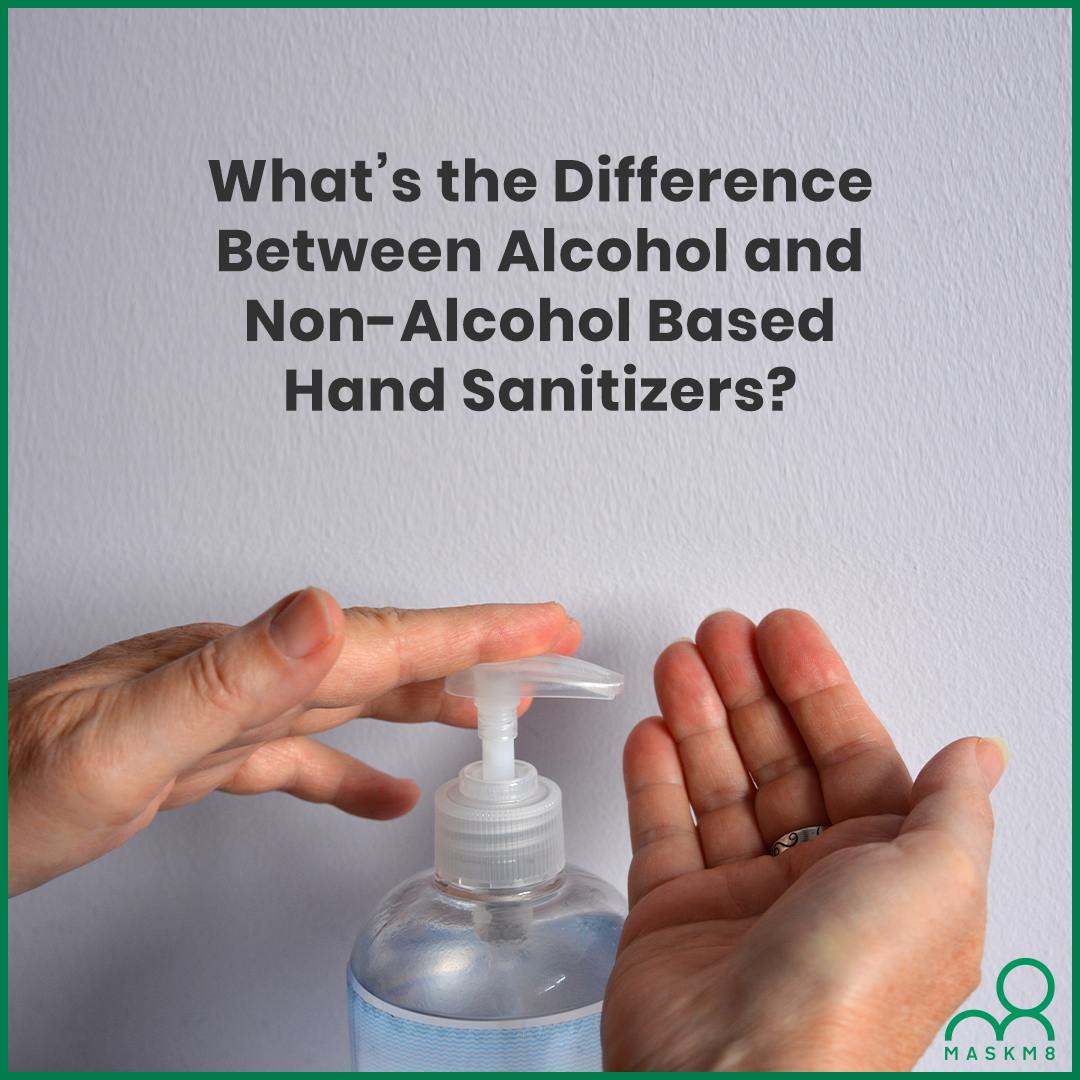Not all hand sanitizers are created equal. Before January 2020, you might have been accustomed to the Purell hand sanitizer, you know like the one used in some healthcare settings, but now there are so many different ones to choose from. And, it’s not just different brands but different compositions, too.
For example, some hand rubs contain alcohol and some don’t but what’s the difference?
Non-Alcohol Based Hand Sanitizers
There are, indeed, some non-alcohol-based hand sanitizers available on the market. Instead of alcohol, these products contain the active ingredient Benzalkonium which is non-flammable and has low toxicity.
Often these sanitizer products come in the form of water-based foams which is much gentler on the hands and provides long-lasting protection. Some people choose these non-alcoholic alternatives because they are less harmful if they are ingested, often a concern for parents with young children, and due to them being non-flammable, are less of a fire hazard.
Despite this, alcohol-based hand sanitizers are preferred, especially in healthcare settings. So, what makes them different?
Alcohol-Based Hand Sanitizers
Alcohol-based sanitizers contain exactly that, alcohol. Usually, they contain ethanol or 2-propanol which are effective at killing pathogens such as bacteria and viruses. The Food and Drug Administration and the CDC recommend that hand sanitizers should contain at least 60% alcohol to make them effective.
The use of alcohol against microbes is not a new phenomenon. Ethanol was first recommended in 1888. Ethanol is the most common alcohol used in hand sanitizers and is believed to be the most effective against viruses.
One issue with alcohol hand rubs is they can cause the skin on your hands to become dry and crack because alcohol strips them of the naturally occurring oils which keep them moisturised. Therefore, some types also contain substances like aloe vera to help keep the skin moisturised and it helps to replace some of the water destroyed by the alcohol in the sanitiser.
To be effective, when applying hand sanitizer, you should:
- Dispense enough into the palm of your hand to cover the surface of both hands including the back (you may need to dispense two or three times)
- Rub into all surfaces until they are dry, don’t be tempted to wipe them dry
If you’re looking for an alcohol-based hand sanitizer which is effective against the coronavirus, then get yours here.
Sources
- Centers for Disease Control and Prevention. (2020). Handwashing: Clean Hands Save Lives. Available at: https://www.cdc.gov/handwashing/show-me-the-science-hand-sanitizer.html#sixteen
- Gold, N, A and Avva, U. (2020). Alcohol Sanitizer. Available at: https://www.ncbi.nlm.nih.gov/books/NBK513254/

